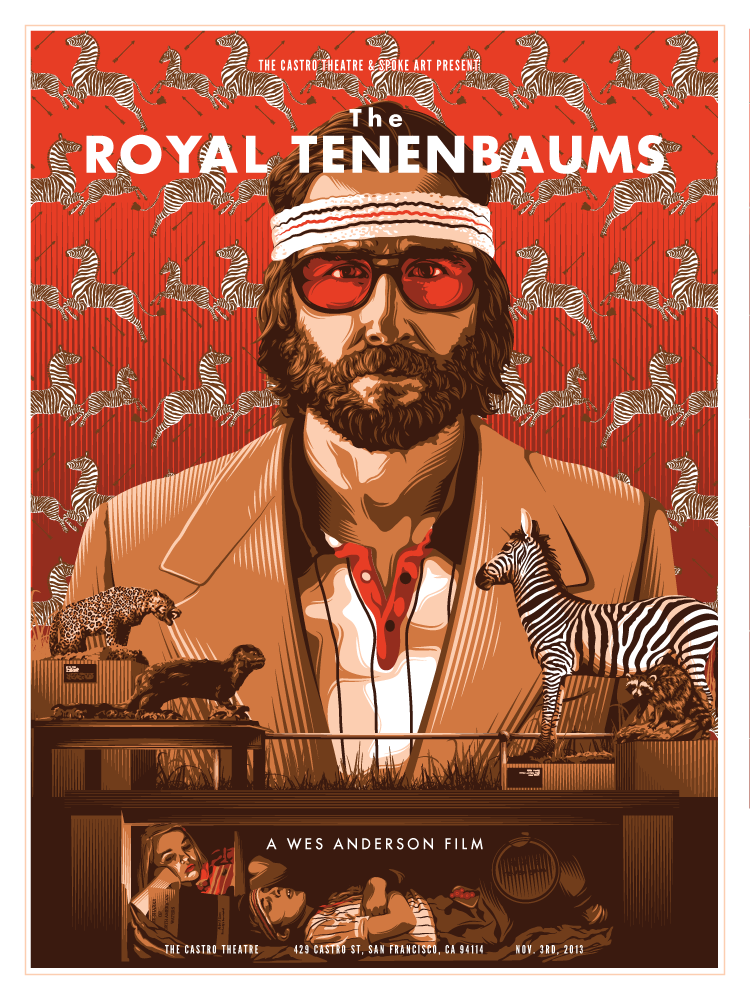Why does 'The Royal Tenenbaums' continue to captivate audiences with each viewing? This film's brilliance lies in its subtle nuances and unspoken narratives that unravel over time. The characters, steeped in their eccentricities and silent complexities, never burst into elaborate explanations. Instead, they allow viewers to piece together the intricate tapestry of their lives through actions and interactions, making every watch a new discovery.
'The Royal Tenenbaums,' directed by Wes Anderson, is not merely a comedy-drama about a dysfunctional family of geniuses; it is an experience that resonates deeply with its audience. It is funny, poignant, and laced with elements that make it a quintessential piece of cinema for contemporary America. The film invites viewers into the world of the Tenenbaum family, where each character carries their own unique story. Margot stepping off the bus, Richie contemplating his existential crisis, or Mordecai’s quirky presence—all these moments contribute to the rich narrative that unfolds on screen. Clair, portrayed by Bill Murray, adds another layer of intrigue with his peculiar habits, such as the wooden digit attached to his right hand. Each detail in the film serves a purpose, inviting viewers to delve deeper into its meaning and significance.
| Bio Data | Details |
|---|---|
| Name | Royal Tenenbaum |
| Date of Birth | Not disclosed in the film |
| Place of Birth | New York City |
| Family Members | Margot, Richie, Chas |
| Career | Former businessman turned con artist |
| Professional Information | Attempts to reconnect with his estranged family after years of absence |
| Reference | Rotten Tomatoes |
The Royal Tenenbaums stands as a testament to Wes Anderson's unique directorial style. Known for his whimsical symmetry and stylized character studies, Anderson crafts a visual masterpiece that remains etched in the minds of viewers long after the credits roll. His use of iconic soundtracks and the distinct font further enhances the film's appeal, creating an atmosphere that is both nostalgic and innovative. The Coolidge Corner Theater aptly describes this film as peak Wes Anderson, encapsulating everything that makes his work stand out in the world of cinema.
A trip to the actual location of The Royal Tenenbaums house offers fans an unparalleled experience. For one viewer, stumbling upon the house was nothing short of serendipitous. Initially greeted with skepticism, the homeowner eventually warmed up to the idea of showing around this naive 22-year-old enthusiast. Walking through the halls of the famed residence brought the movie to life in ways unimaginable, providing a tangible connection to the fictional world so vividly portrayed on screen.
Wes Anderson's deliberate use of color schemes, negative space, symmetry, and composition in every shot of The Royal Tenenbaums creates a visually pleasing masterpiece. Each frame is meticulously crafted, drawing viewers into a world where even the smallest details hold significance. This visual analysis adds depth to the storytelling, ensuring that no element goes unnoticed. Whether it is the vibrant hues that define each character's personality or the strategic placement of objects within the frame, Anderson's attention to detail elevates the film beyond conventional storytelling.
As viewers revisit The Royal Tenenbaums, they find themselves drawn into its labyrinthine narrative, discovering new layers with each viewing. The film's ability to resonate differently with each individual lies in its universal themes of family, love, and redemption. Through its quirky characters and whimsical settings, it offers a mirror to our own lives, prompting introspection and understanding. In a world often dominated by loud and explicit narratives, The Royal Tenenbaums thrives on subtlety, allowing its stories to unfold naturally, leaving a lasting impact on those who dare to explore its depths.
For cinephiles and casual viewers alike, The Royal Tenenbaums continues to be a source of joy and reflection. Its timeless appeal stems from its ability to adapt to the changing perspectives of its audience, offering something new with every watch. As we navigate the complexities of modern life, this film serves as a reminder of the importance of connection, forgiveness, and self-discovery. In its quiet brilliance, it captures the essence of what it means to be human, making it a cherished classic in the annals of cinema history.




